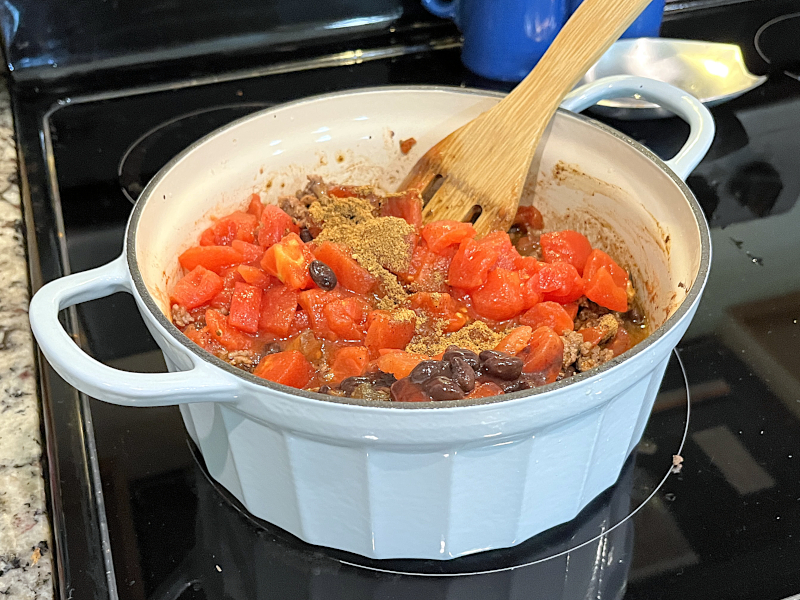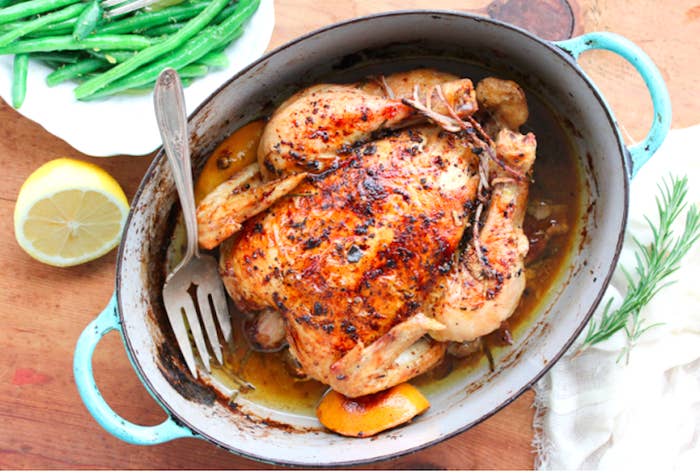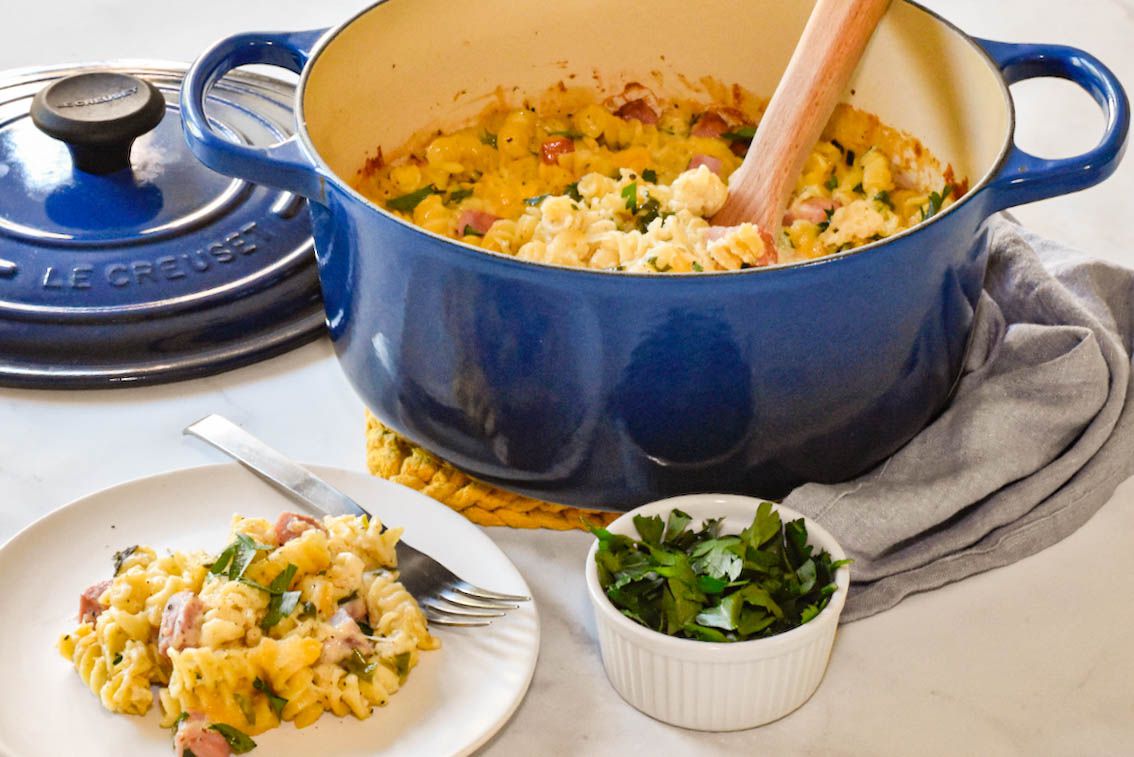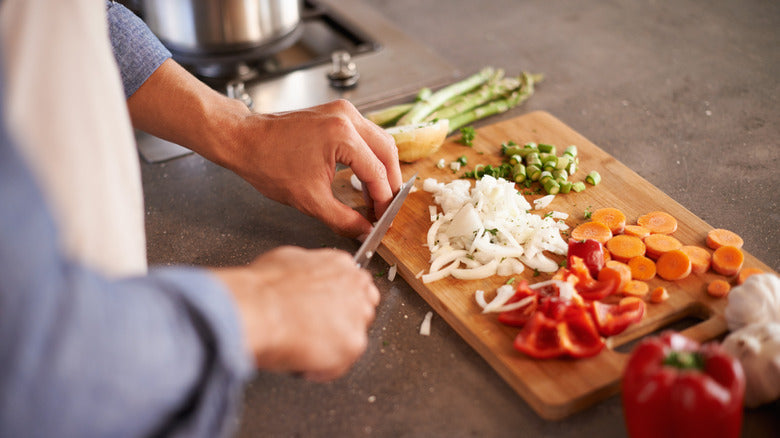Among the many questions faced by culinary enthusiasts and cooking professionals is what size Dutch oven is best for my kitchen? Whether you are an experienced chef or just starting out, picking the correct size can significantly impact your cooking efficiency and the quality of your dishes. From comforting stews to freshly baked artisan bread and savory braised ribs, the size of your Dutch oven can truly influence your culinary creations.
This decision isn't as simple as it might seem. It depends on several factors, including how many people you're feeding, the types of meals you usually prepare, and how much space you have for storage.

What is a Dutch Oven and Why is Size Important?
A Dutch oven is a heavy-duty, cast iron pot enclosed with a lid, perfect for a multitude of cooking methods like slow-cooking, baking, frying, and roasting. Its adaptability makes it a staple in every kitchen. However, Dutch ovens come in various sizes, and selecting the right one is crucial for making the most out of your ingredients and time, which is especially vital for busy culinary professionals.
These versatile pots typically range from 2-quart models to expansive 13-quart versions. So, how do you decide which one suits your needs best? Lets break it down based on different considerations.
Factors to Help You Choose the Right Size
1. Number of Servings
The first thing to consider is how many servings you typically cook. A smaller Dutch oven suffices for one or two people, while larger gatherings necessitate a bigger pot. Heres a quick guideline:
- 1-2 people: A 2-4 quart Dutch oven will usually suffice for small meals or desserts.
- 3-4 people: A medium 5-6 quart Dutch oven is ideal for families and everyday cooking.
- 5-8 people: Opt for a 7-9 quart Dutch oven for larger families or meal prep.
- Large gatherings: For big events or restaurant settings, look for pots of 10 quarts or more.
Also, consider that larger Dutch ovens are handy if you like cooking in batches or freezing leftovers.
2. Recipe Types
The kinds of dishes you frequently make also play a significant role:
- Baking Bread: A 5-quart model is often recommended for baking artisan bread. Discover more about this process here.
- Soups and Stews: A 6-quart oven is perfect for accommodating a variety of ingredients.
- Roasting: A larger oven (7-9 quarts) works well for roasting larger cuts of meat.
3. Storage Considerations
If you're in a compact cooking space, the size of your Dutch oven is crucial. Make sure it fits easily in your storage area and is manageable in terms of weight.
4. Material Matters
While not directly related to size, the materiallike cast iron or enameled steelcan affect how much you can cook. For instance, enameled Dutch ovens are typically a bit heavier yet excellent for retaining heat.
Common Sizing Misunderstandings
A common myth is that bigger is always better. While it's tempting to go for the larger model, size can actually lead to uneven cooking and issues with handling. A medium 5-6 quart Dutch oven often meets most cooking needs without complication.
Expert Advice for Kitchen Pros
For culinary experts, having multiple sizes of Dutch ovens is often idealsay, a 4-quart for sauces alongside a larger 7 or 8-quart for main dishes.
If you're into niche cooking activities such as camping, a 6-quart cast iron Dutch oven is a great choice. Check out some excellent options for camping here.
Conclusion
Ultimately, the right Dutch oven for your kitchen should cater to your specific cooking requirements. Asking yourself what size Dutch oven do I need is the first essential step toward kitchen efficiency. Factor in the number of servings, types of recipes, and available storage space prior to choosing your size. Mastering this decision will surely enhance your cooking experience.

FAQs
What is the most versatile size for a Dutch oven?
The 5-6 quart Dutch oven stands out as the most versatile option, accommodating a variety of recipes and family needs.
Can I use a large Dutch oven for smaller meals?
While you can, it may lead to inefficiencies such as uneven cooking and difficulty with heat retention.
Do material and brand impact size choice?
Material choices, like cast iron versus enameled steel, can affect weight and heat properties but not the oven's capacity. Brands may have slight size variations, so always check specific dimensions.
For further insights on Dutch oven cooking, visit this resource.
This article contains affiliate links. We may earn a commission at no extra cost to you.






Leave a comment
This site is protected by hCaptcha and the hCaptcha Privacy Policy and Terms of Service apply.